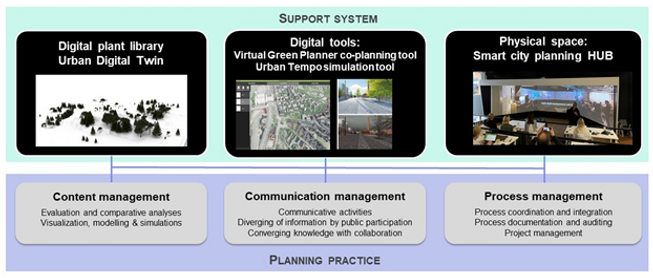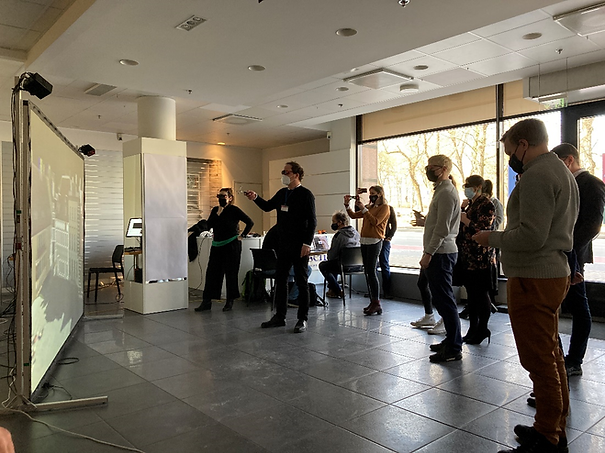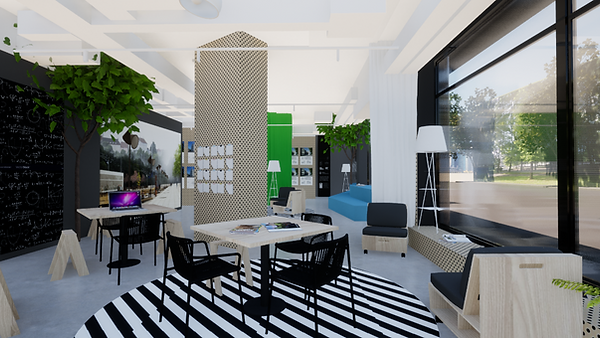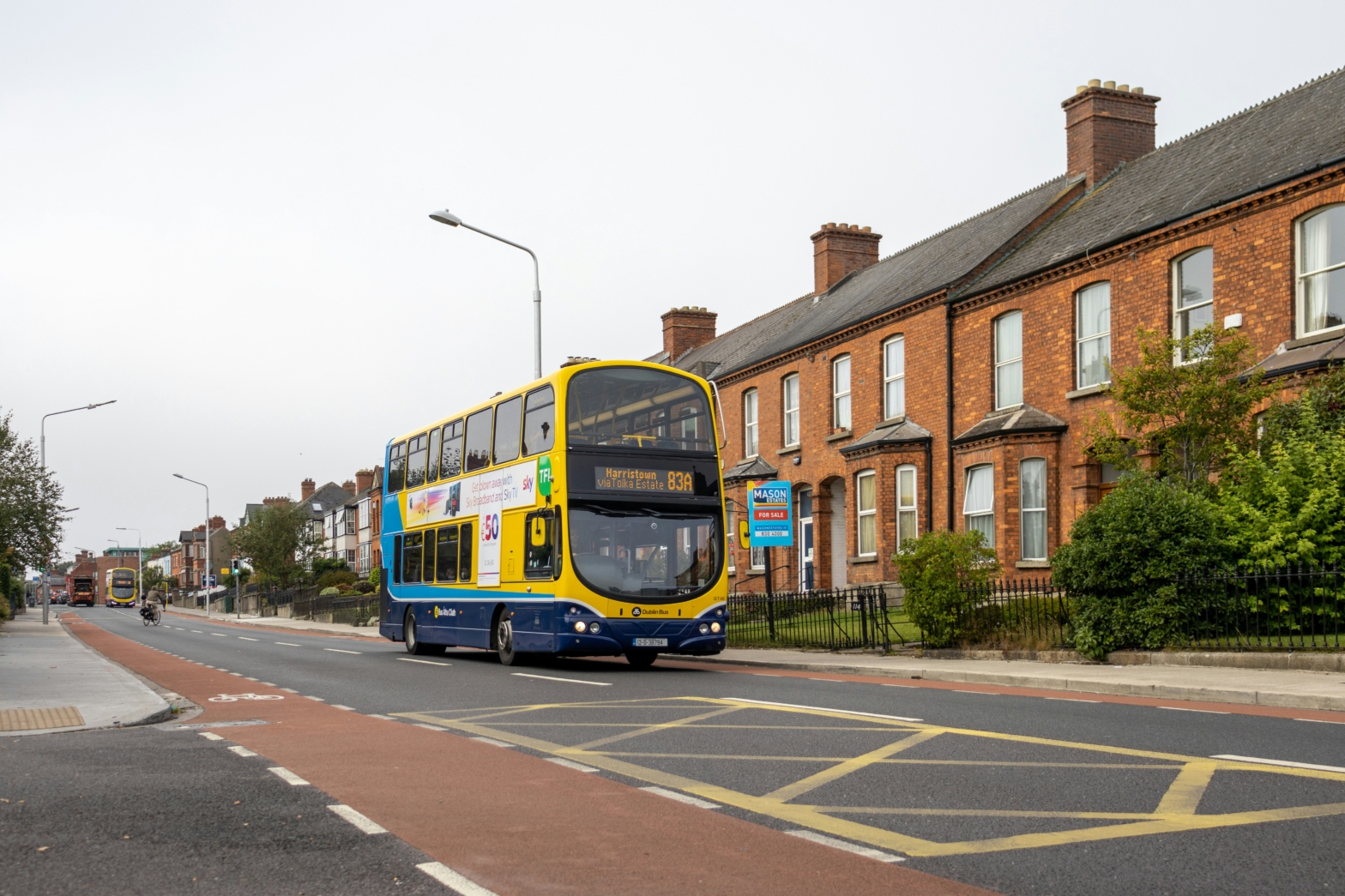Urban Digital Twins (UDTs) as digital environments for modelling and simulating change in cities, are promising instruments to overcome the challenges of rapid urbanization, social inequity, anthropogenic climate change, and biodiversity loss. However, in this regard, the representation of the green infrastructure in UDTs, and the interaction between the UDTs and the stakeholders, are limited and recognized as a significant development gap. GreenTwins project addresses these deficiencies by contributing to the UDTs of Tallinn and Helsinki and by creating interfaces between the UDTs and the stakeholders.
GreenTwins has three main research and development directions (Figure 1):
- The layer of dynamic vegetation for UDTs of Helsinki and Tallinn. The information about the vegetation is sourced from existing city registries, and, also, collected through AI analysis of aerial photographs. Plant models are parametric, and simulate the growth, aging, seasonal and maintenance related changes. The temporal component of vegetation models is a key novelty of the project.
- User-friendly digital tools which serve as interfaces between UDTs and the stakeholders, such as active citizens, urban planners, architects, engineers and developers. These tools allow to view three-dimensional city models and interact with them, by adding or removing buildings and trees, and, thus, developing a share ground for discussion.
- A physical space in the city centre of Tallinn at Kaarli pst 1, which is equipped with the state-of-the-art visualization technology. The space is entitled AvaLinn Smart City Planning Hub, it aims to bring together urban professionals and citizens, and involve everyone into digitally aided planning discussions, irrespectively of the digital literacy of participants.
All these developments began in autumn 2020 with the Smart City Challenge, and we expect to get functional prototypes and demos by June 2023.






